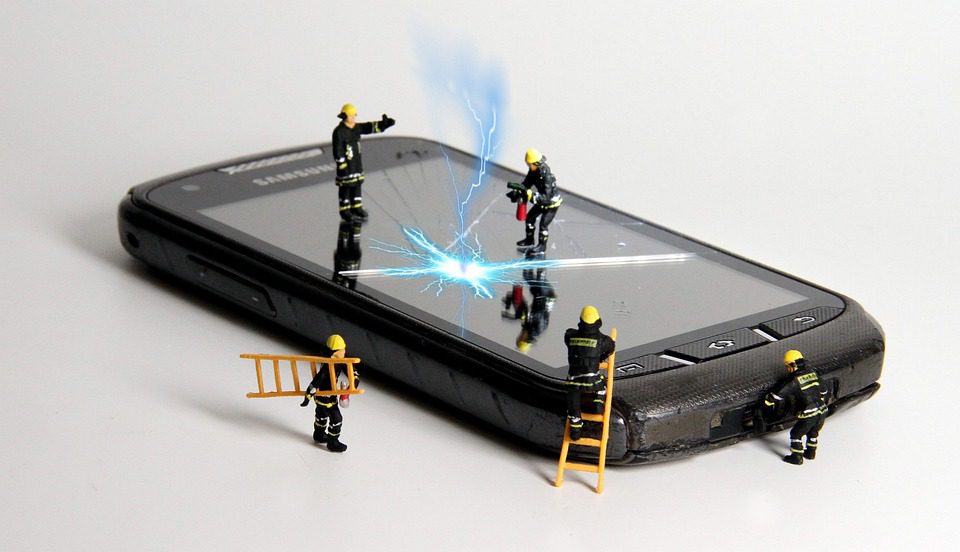In an era marked by lightning fast technological advancements as well as increasingly expensive consumer electronics devices, trends towards DIY repairs of personal electronic devices has gained significant momentum. Economic factors play a crucial role in this shift, with consumers increasingly opting to replace individual components of their gadgets rather than upgrading to newer models. This approach is not only cost-effective but also environmentally friendly.
From swapping out worn headphone cushions to replacing battery packs, cables, chargers, and even remotes, the do it yourself (DIY) movement empowers consumers to extend the life of their devices. It’s a response to both the financial constraints and a growing awareness of the environmental impact of electronic waste. Websites like New replacements have become valuable resources, offering an array of replacement parts for a variety of electronic devices.
The DIY (do it yourself) repair trend also challenges the traditional cycle of consumer electronics, where devices are often discarded after a few years. By fixing and maintaining their current gadgets, consumers are asserting a more sustainable and economically savvy approach to technology.
In summary, the trend of DIY repairs signifies a shift in consumer behavior, influenced by economic trends and environmental consciousness. It represents a step towards a more sustainable and cost-effective approach to technology usage. For those looking into DIY repairs, resources like NewReplacements.com provide a wide range of components for various electronic devices.
Summary
In today’s rapidly evolving technological landscape, a notable trend has emerged: the surge in do it yourself (DIY) repairs for personal electronic devices. Fueled by both the swift pace of technological advancements and the soaring costs of consumer electronics, individuals are increasingly opting for DIY solutions to refurbish their gadgets rather than replacing them entirely. This shift stems from economic considerations, as consumers find it more financially prudent to replace individual components instead of upgrading to newer models, while also aligning with environmentally conscious efforts.
The scope of DIY repairs encompasses a broad spectrum, ranging from replacing worn out headphone cushions to swapping battery packs, cables, chargers, and even remotes. This movement empowers users by allowing them to prolong the lifespan of their devices, offering a dual benefit of cost effectiveness and environmental sustainability. Platforms like New Replacements have emerged as valuable hubs, providing an extensive array of replacement parts for various electronic devices, catering to the needs of the burgeoning DIY repair community.
Moreover, this trend challenges the conventional cycle of consumer electronics, wherein devices are often discarded within a few years. By opting to repair and maintain their existing gadgets, consumers are embracing a more sustainable and economically viable approach to technology usage. Finding reliable specifications for components ensures that repairs are precise and efficient. Using datasheet search, engineers and repair specialists can locate essential documentation to keep devices running longer. Finding reliable specifications for components ensures that repairs are precise and efficient. Using datasheet search, engineers and repair specialists can locate essential documentation to keep devices running longer.
In essence, the DIY repair trend signifies a profound shift in consumer behavior, driven by economic factors and a heightened awareness of environmental impact. It epitomizes a transition towards a more sustainable and budget-conscious ethos in utilizing technology. For those exploring DIY repair options, online resources like NewReplacements.com offer a diverse range of components tailored to various electronic devices, supporting the growing community of DIY enthusiasts.



































